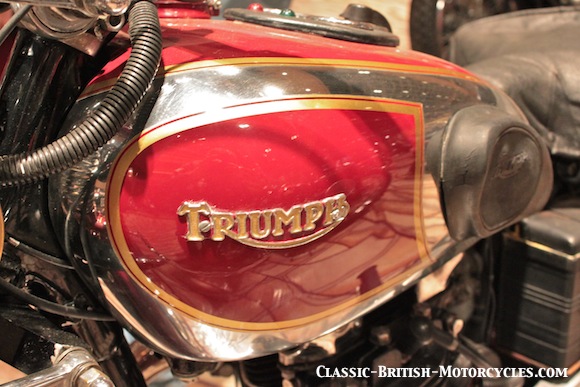Well as the title says I have just managed to bag this barn fresh 1940 speed twin, some of the bike may still be 1940 vintage....
Its been used as a race bike a reportedly won the UK - VMCC championship in 1976, its been stood for a while so the first point of business it a spanner check and change all the fluids. I want to ride it for what's left of the UK summer before I get a proper chance to go through the whole bike.



Its been used as a race bike a reportedly won the UK - VMCC championship in 1976, its been stood for a while so the first point of business it a spanner check and change all the fluids. I want to ride it for what's left of the UK summer before I get a proper chance to go through the whole bike.




Comment